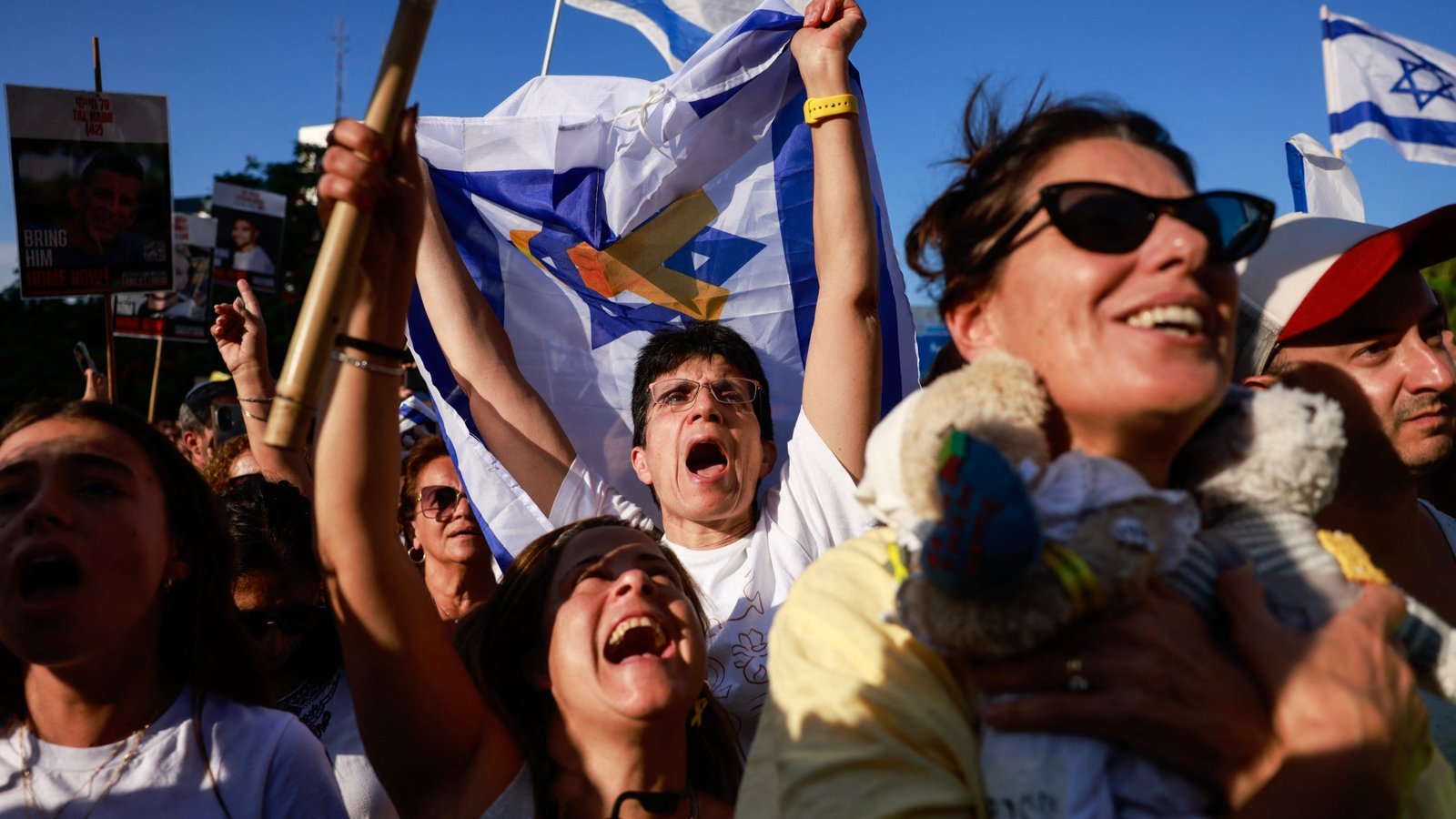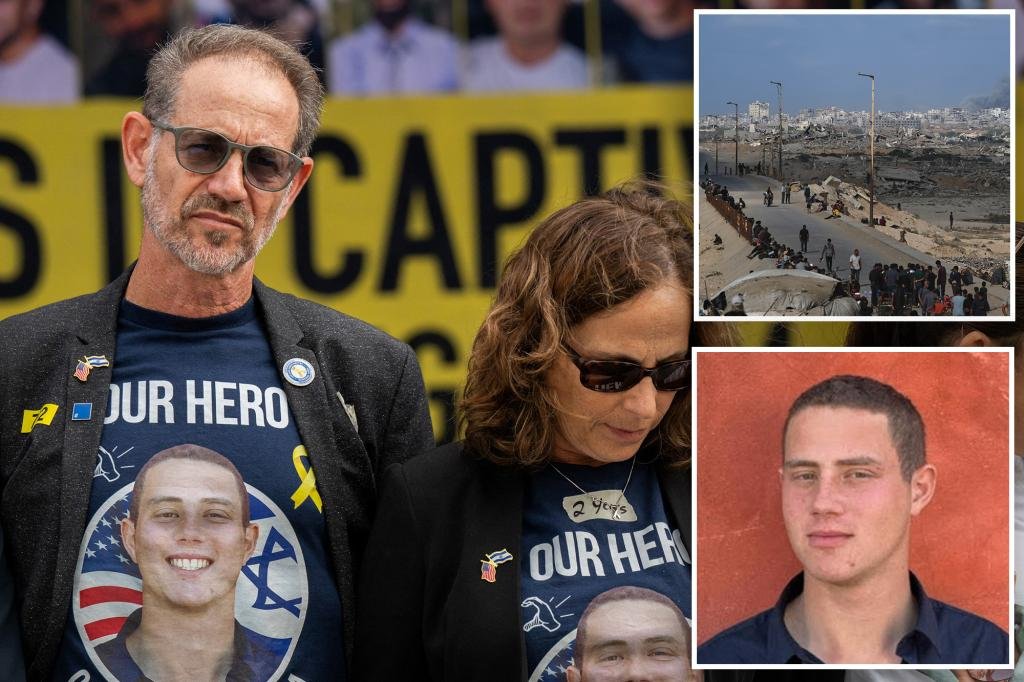
Hamas begins releasing the last Israeli hostages

Hamas on Monday began releasing the last Israeli hostages held in Gaza, a major milestone in efforts to end the devastating two-year war in the Palestinian territories.
Hamas initially handed over seven of the twenty living hostages to the International Committee of the Red Cross, which in turn handed them over to the Israeli army, according to a statement issued by the army. The remaining thirteen hostages are expected to be released soon.
The army is transporting the hostages by helicopter from southern Israel to hospitals in the Tel Aviv area. All the hostages are men, most of them in their twenties and thirties.
Israeli television showed Einav Zanjoker speaking with her son, Matan Zanjoker (25 years old), in a video call shortly after his release. "There is no war, it is over. You are coming home," She told him.
The handover of the hostages sparked celebrations across Israel. Tens of thousands gathered in Hostage Square, the square in Tel Aviv that was the site of vigils throughout the war. The crowd chanted in joy and waved blue and white Israeli flags.
Hamas must also hand over the bodies of 28 dead hostages, although the Palestinian movement says it has not been able to determine the whereabouts of all of them. In return, Israel is preparing to hand over nearly 2,000 Palestinian prisoners and detainees as required of it under the truce it announced last week. These exchanges are expected to begin later on Monday.
The rapid developments came with President Trump’s arrival in Israel. The president pushed hard for a ceasefire agreement and is widely credited with getting it over the finish line. Trump is scheduled to meet briefly with family members of the hostages and then deliver a speech before the Israeli parliament, the Knesset, in Jerusalem.
Shortly thereafter, Trump is scheduled to head to Sharm El-Sheikh, Egypt, where the truce was negotiated last week, to participate in the official signing ceremony.
Earlier, while traveling to Israel on Air Force One, Trump portrayed the developments as a victory for the countries of the region. "Everyone is happy whether they are Jews, Muslims or Arab countries. All countries are dancing in the streets" He said.
On another front, increased aid has begun to flow into Gaza, where basic supplies have been extremely scarce throughout the war. Hundreds of trucks loaded with aid entered southern Gaza from Egypt on Sunday. The area is in dire need of food, water, medicine, fuel and tents.

Ceasefire test
The exchange of Israeli hostages and Palestinian prisoners is the first major test of the ceasefire and was a major demand of both Israelis and Palestinians.
If the two sides complete the full exchange as planned, it will help improve the atmosphere to face many difficult challenges ahead.
However, many obstacles remain. Israeli forces still control nearly half of the Gaza Strip, and there is no timetable for their complete withdrawal.
The ceasefire also calls on Hamas to give up its weapons and play no role in the future governance of Gaza. Hamas did not publicly agree to this, and Hamas’ civilian police have already reappeared on the streets of the Strip. There is currently no other Palestinian group in Gaza capable of governing the region.
The ceasefire agreement stipulates that a group of Palestinian technocrats will run Gaza on a temporary basis, but their names have not been revealed and it is not clear what kind of authority they will have, if any.
Copyright 2025, NPR













Post Comment